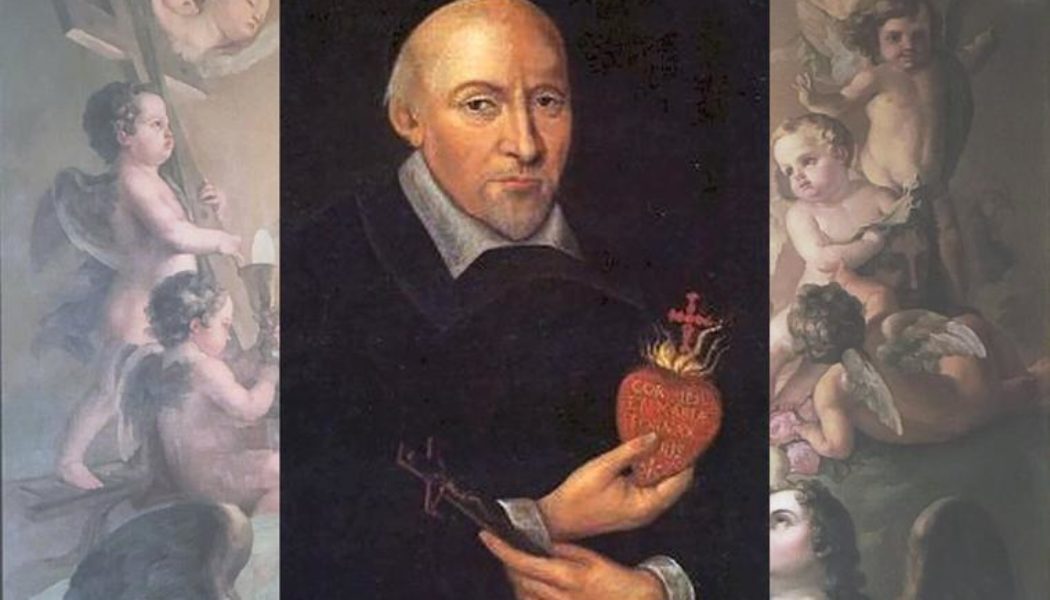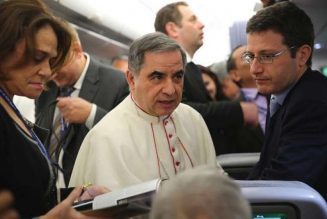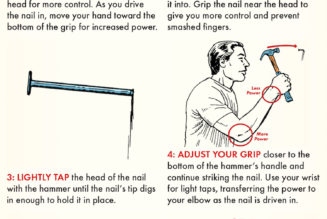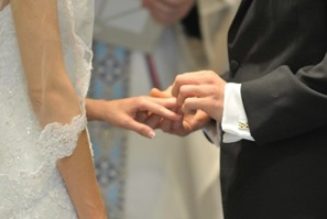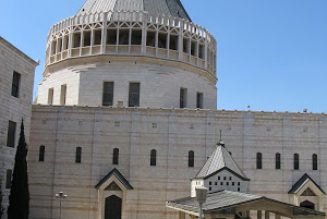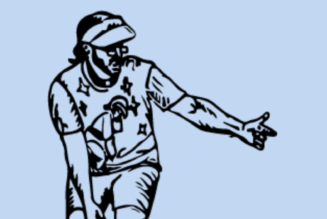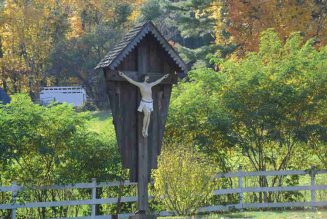
SAINTS & ART: St. John Eudes was a devout priest who actively tried to make people better people.
This French priest was born in 1601 and died in 1680. So why do we remember him today?
The most obvious reason is: he is a saint (canonized in 1925). Is that special? Well, yes. It is, after all, the reason we are alive. It is the sign of a life that was a success – because if you are not a saint, i.e., not in heaven, your life was a failure.
Of course, that could be said of every saint. So what’s so special about St. John Eudes, especially for somebody living almost 350 years after him? Let me suggest three things:
- His priestly zeal, especially in a time of plague;
- His concern for the quality of priests; and
- His devotion to the Sacred Heart of Jesus and the Immaculate Heart of Mary.
St. John Eudes was a devout priest who actively tried to make people better people. He became a priest as the plague was raging in his native Normandy, that part of northwestern France most Americans know about because of D-Day. Many wanted to keep their distance from those stricken with pestilence; John Eudes brought them the sacraments, showing concretely what it meant to accompany those on the peripheries of life. Early on, during those plague times, he was a member of the Oratory and, to keep his confrères plague-free, he lived outside the city in a cider barrel. (Anybody who’s been to Normandy knows they love their apples, their cider, and especially their calvados, an apple brandy).
He established “houses of refuge” and later the “Sisters of Our Lady of the Charity” to staff them. They were institutions designed to get women out of prostitution.
But perhaps his greatest example of priestly devotion was his preaching. He preached more than 120 parish missions in his life, fostering a renewal of moral and religious life among the French. His indefatigable efforts have been compared to the preaching of St. Vincent Ferrer, whom we met earlier this year and who lived about 250 years before St. John.
His concern for the quality of priests involved upgrading seminary education. Eudes lived as the reforms of Trent were taking off. One of Trent’s reforms was the institutionalization of priestly education and formation in seminaries. Prior to the Council’s decree demanding the establishment of seminaries, many priests were trained in something like an apprenticeship, attached to some other priest who instructed them. It was great if your mentor was great, but if he wasn’t … St. John understood parish renewal would never strike deep roots unless the quality of the clergy in parishes was improved, so he founded a religious order that still exists today — the Congregation of Jesus and Mary, popularly called the “Eudists.” Their “U.S. Region” is based in Vista, California, between Los Angeles and San Diego.
His lasting theological contribution was to promote devotion to the hearts (note the plural) of Jesus and Mary: Jesus’s Sacred Heart and the Immaculate Heart of Mary. He was roughly a contemporary of St. Margaret Mary Alacoque, the French nun to whom Jesus revealed his promises about devotion to the Sacred Heart, and St. Claude de la Colombière, but St. John Eudes stressed the unbreakable link between the hearts of Jesus and his Blessed Mother. As the Eudist Fathers today explain it:
As we give ourselves to Christ, our hands become his hands, our heart is transformed into his heart. Mary is the ultimate exemplar of this. She gave her heart to God so completely that she and Jesus have just one heart between them. Thus, whoever sees Mary, sees Jesus, and honoring the heart of Mary is never separate from honoring the heart of Jesus.
Because of his contributions to this area of spiritual theology and his overall prodigious writing, the Eudist Fathers are supporting an effort to have St. John Eudes proclaimed a Doctor of the Church.
Today’s painting is the work of an unknown Dutch artist, who painted it around 1673, i.e., within the lifetime of John Eudes. Eudes is dressed as a priest of his day. In his hand he holds the two realities that have become his attributes: the crucifix, because he never tired of preaching “Jesus Christ and him Crucified” (1 Corinthians 2:2) as well as the Lord’s mercy to sinners; and the heart of Jesus and the Immaculata, symbolically and mystically presented as one, because can anyone claim Mary’s heart ever separated itself from her Son’s? Considering we just marked the feast of St. Maximilian Kolbe on Aug. 14 (preempted this year by Sunday) — a saint also devoted to the Immaculata — and we honored the Solemnity of the Assumption on Monday, Aug. 15, let us renew our own devotion to Our Lady, who leads us to the heart of her Son.
Join Our Telegram Group : Salvation & Prosperity
